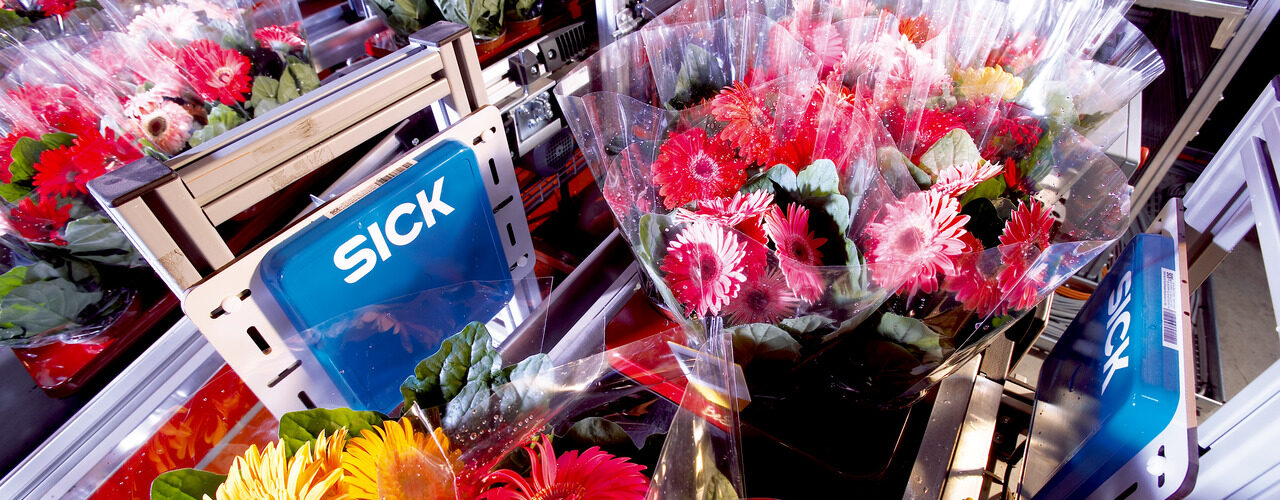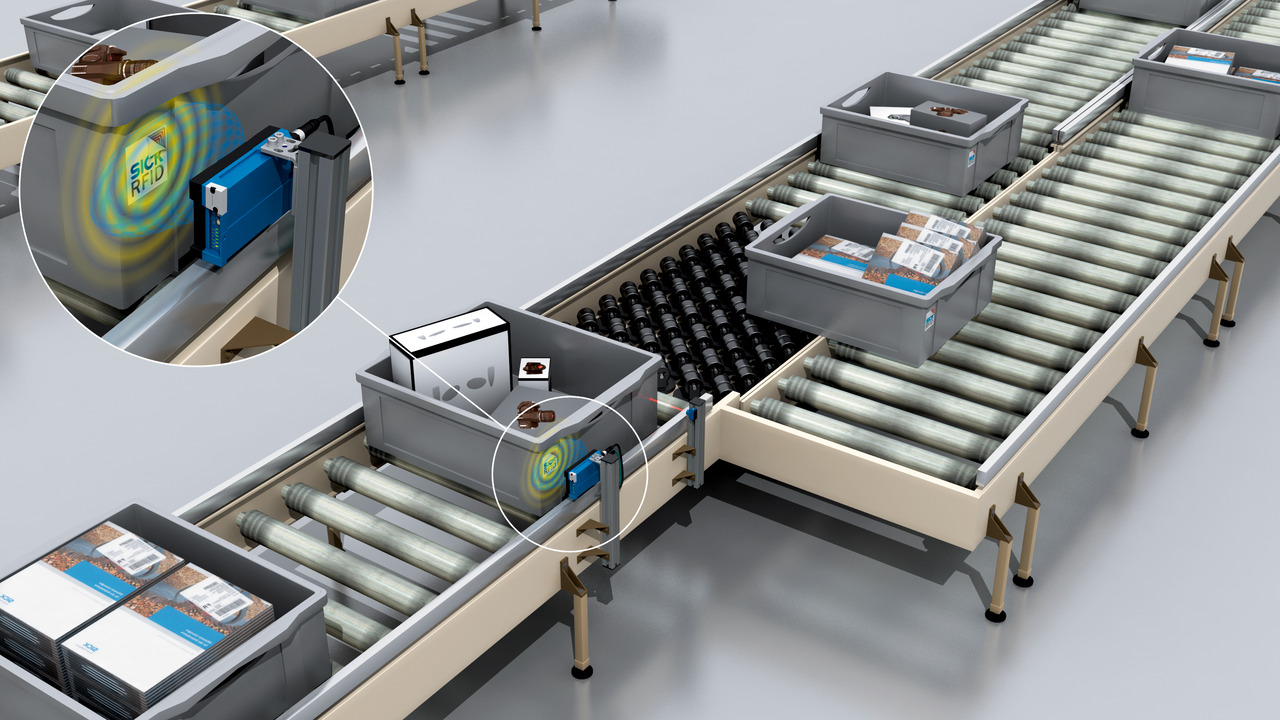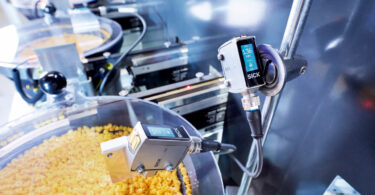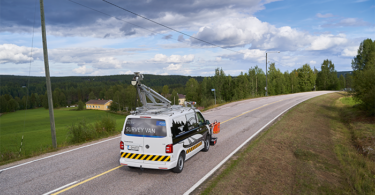We’ve got the lowdown on the increasingly popular identification technology, but first what is RFID?
RFID has been used for tracking purposes, inventory needs and the like for the past decade, but it’s recently seen a boom in usage—especially in the retail space. Many major US retailers use the technology to track shipments and merchandise, and others are soon to follow suit.
Despite its growing popularity, its function and versatility aren’t quite as familiar to the masses. So let’s start with the basics: what is the technology and why do companies use it?
What is RFID?
Radio Frequency Identification (RFID) is a technology that uses radio waves to automatically identify objects.
RFID isn’t just one item, however; to make identification possible, you need an RFID system. This system comprises an RFID reader (1) and an RFID transponder (2). The transponder is what’s being identified by the reader (real life example of a transponder: the security tag on a piece of clothing, which the cashier may have forgotten to remove. That’s what makes the alarm go off!).
The transponder is located directly on the object to be identified, while the RFID reader contactlessly reads the data stored on the transponder from some distance away.
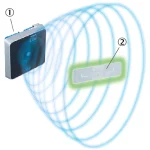
RFID system
1) RFID reader
2) RFID transponder
What are the advantages of RFID?
Ambient conditions & no line of sight
RFID makes it possible to identify objects without a direct line of sight, meaning that the transponder can still be detected even when the view to it is obstructed. If a product with a transponder is in a box on a conveyor line, it can still be read through the box. This also applies to challenging ambient conditions, like a dusty space or a poorly lit environment. No fear, contaminated RFID tags!
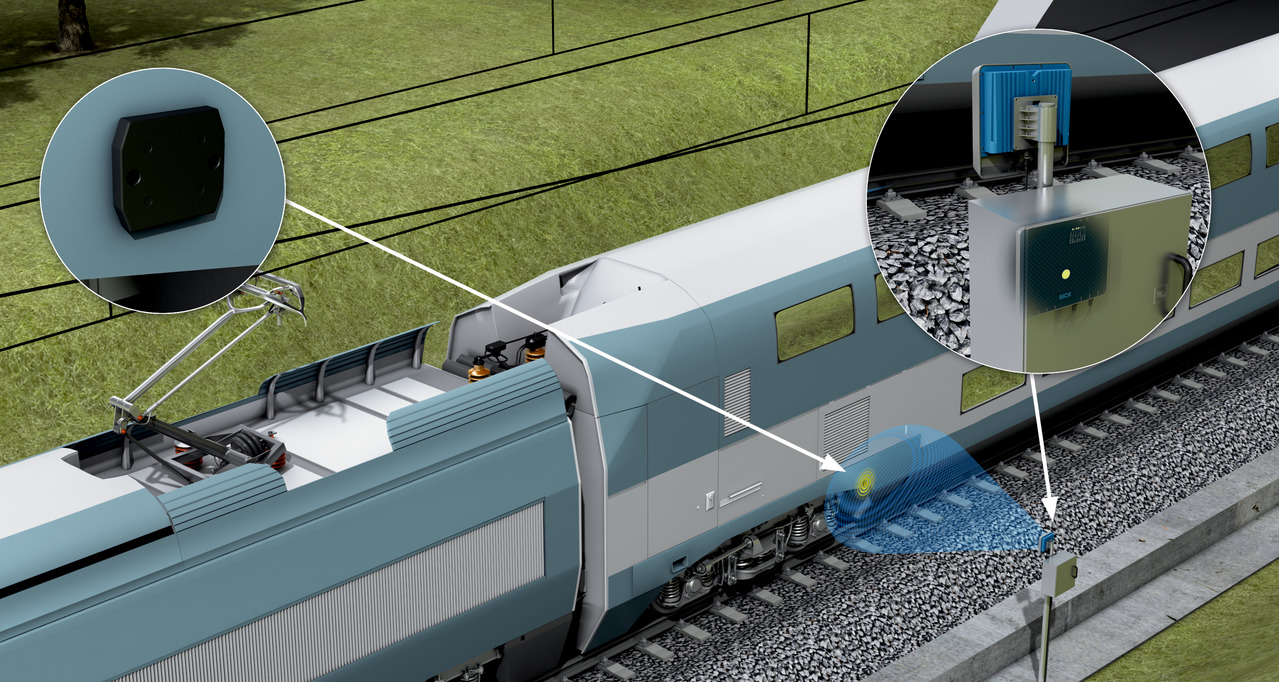
Bulk reading
Not only can RFID stand up to ambient conditions and detect objects within boxes, but it can also identify more than one transponder at a time. Being able to read many transponders simultaneously is referred to as bulk reading, and is often a requirement in logistics processes. UHF RFID technology, in particular, has been developed to read several hundred tags per second.
Reading and writing of transponders
Using RFID technology, the information in a transponder can not only be read, This occurs directly within the process and enables additional (process) information to be stored directly on the chip of the object being identified. This also means you can reuse transponders instead of immediately disposing them after one task.
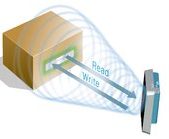
Why would I use RFID technology?
RFID is well suited to a number of applications, from food and beverage assembly to identifying fast-moving trains. Whether you’re out in the field or supervising a manufacturing floor, RFID technology makes identification a smooth and reliable process—even in tough environments.
What are popular applications for RFID?
Although its use has grown for tracking and inventory in the retail space, it goes beyond warehouses and retailers—out yonder to farms, in fact! RFID helps farmers track livestock, airports use the technology to track baggage labels, automotive manufacturers use it for assembly identification, and recycling plants are able to identify arriving waste collection vehicles. These are only a handful of examples, as RFID’s applications span a vast array of industries.


